| dc.contributor.author | Pereira, Larissa Vilela | en |
| dc.contributor.author | Bento, Ricardo Ferreira | en |
| dc.contributor.author | Cruz, Dayane B. | en |
| dc.contributor.author | Marchi, Claudia | en |
| dc.contributor.author | Salomone, Raquel | en |
| dc.contributor.author | Oiticicca, Jeanne | en |
| dc.contributor.author | Costa, Marcio Paulino | en |
| dc.contributor.author | Haddad, Luciana A. | en |
| dc.contributor.author | Mingroni-Netto, Regina Celia | en |
| dc.contributor.author | Costa, Heloisa Juliana Zabeu Rossi | en |
| dc.date.accessioned | 2020-09-14T13:50:42Z | |
| dc.date.available | 2020-09-14T13:50:42Z | |
| dc.date.issued | 2019-01 | |
| dc.identifier.citation | Pereira LV, Bento RF, Cruz DB, Marchi C, Salomone R, Oiticicca J, Costa MP, Haddad LA, Mingroni-Netto RC, Costa HJZR. Stem Cells from Human Exfoliated Deciduous Teeth (SHED) Differentiate in vivo and Promote Facial Nerve Regeneration. Cell Transplant. 2019 Jan;28(1):55-64. Doi: 10.1177/0963689718809090. | en |
| dc.identifier.other | 10.1177/0963689718809090 | |
| dc.identifier.uri | http://digital.bibliotecaorl.org.br/handle/forl/439 | |
| dc.description.abstract | Post-traumatic lesions with transection of the facial nerve present limited functional outcome even after repair by gold-standard microsurgical techniques. Stem cell engraftment combined with surgical repair has been reported as a beneficial alternative. However, the best association between the source of stem cell and the nature of conduit, as well as the long-term postoperative cell viability are still matters of debate. We aimed to assess the functional and morphological effects of stem cells from human exfoliated deciduous teeth (SHED) in polyglycolic acid tube (PGAt) combined with autografting of rat facial nerve on repair after neurotmesis. The mandibular branch of rat facial nerve submitted to neurotmesis was repaired by autograft and PGAt filled with purified basement membrane matrix with or without SHED. Outcome variables were compound muscle action potential (CMAP) and axon morphometric. Animals from the SHED group had mean CMAP amplitudes and mean axonal diameters significantly higher than the control group (p < 0.001). Mean axonal densities were significantly higher in the control group (p = 0.004). The engrafted nerve segment resected 6 weeks after surgery presented cells of human origin that were positive for the Schwann cell marker (S100), indicating viability of transplanted SHED and a Schwann cell-like phenotype. We conclude that regeneration of the mandibular branch of the rat facial nerve was improved by SHED within PGAt. The stem cells integrated and remained viable in the neural tissue for 6 weeks since transplantation, and positive labeling for S100 Schwann-cell marker suggests cells initiated in vivo differentiation. | en |
| dc.language.iso | en_US | en |
| dc.publisher | Cell Transplant. 2019 Jan;28(1):55-64. Doi: 10.1177/0963689718809090. | |
| dc.source.uri | https://doi.org/10.1177/0963689718809090 | |
| dc.subject | Facial Nerve | en |
| dc.subject | Facial Nerve Regeneration | en |
| dc.subject | Human Exfoliated Deciduous Teeth Stem Cell (SHED) | en |
| dc.subject | Autograft | en |
| dc.subject | Nerve Repair | en |
| dc.subject | Polyglycolic Acid Tube | en |
| dc.title | Stem Cells from Human Exfoliated Deciduous Teeth (SHED) Differentiate in vivo and Promote Facial Nerve Regeneration. | en |
| dc.title.alternative | Cell Transplant. 2019 Jan;28(1):55-64. Doi: 10.1177/0963689718809090. | en |
| dc.type | Artigo | en |
